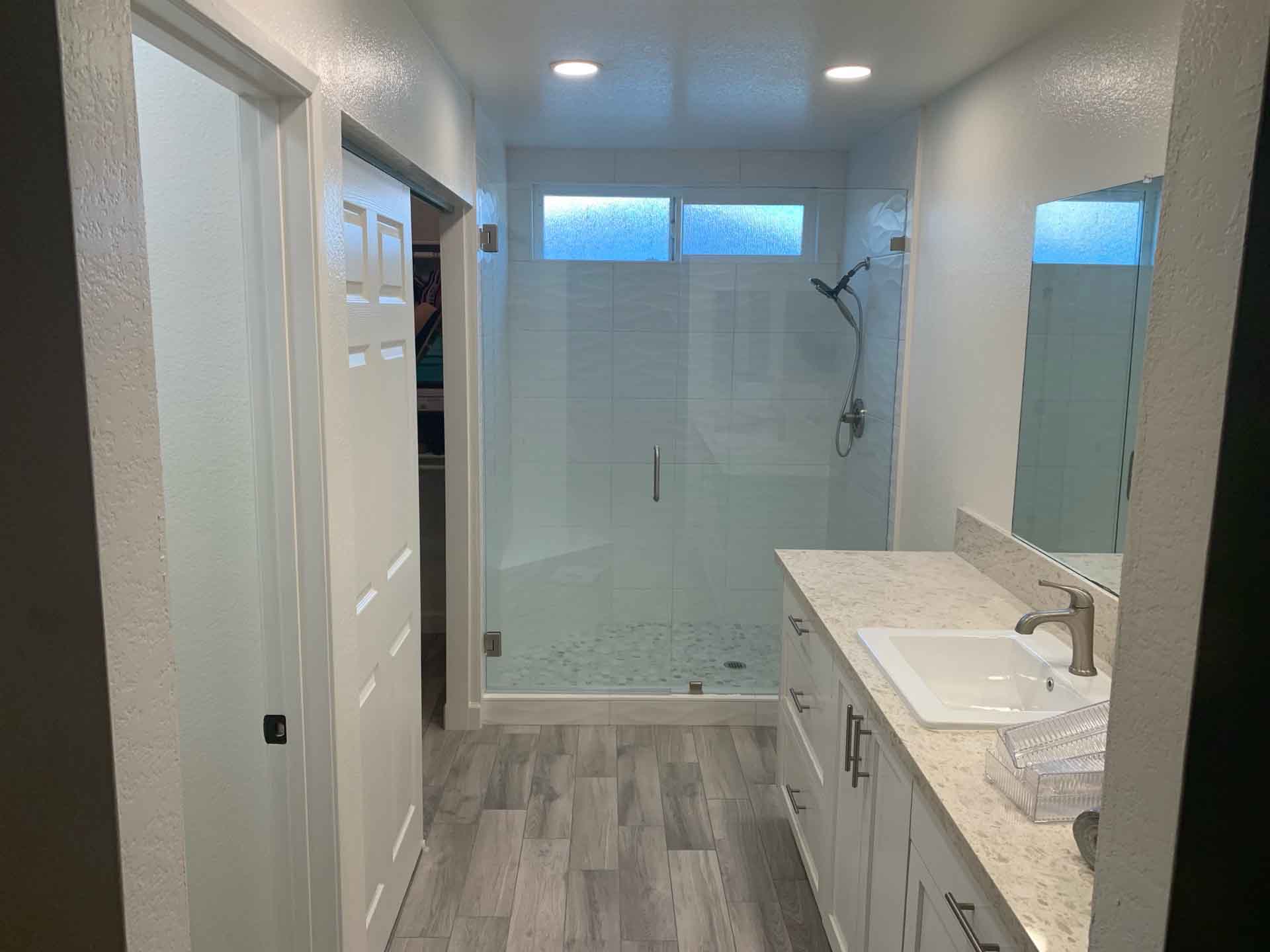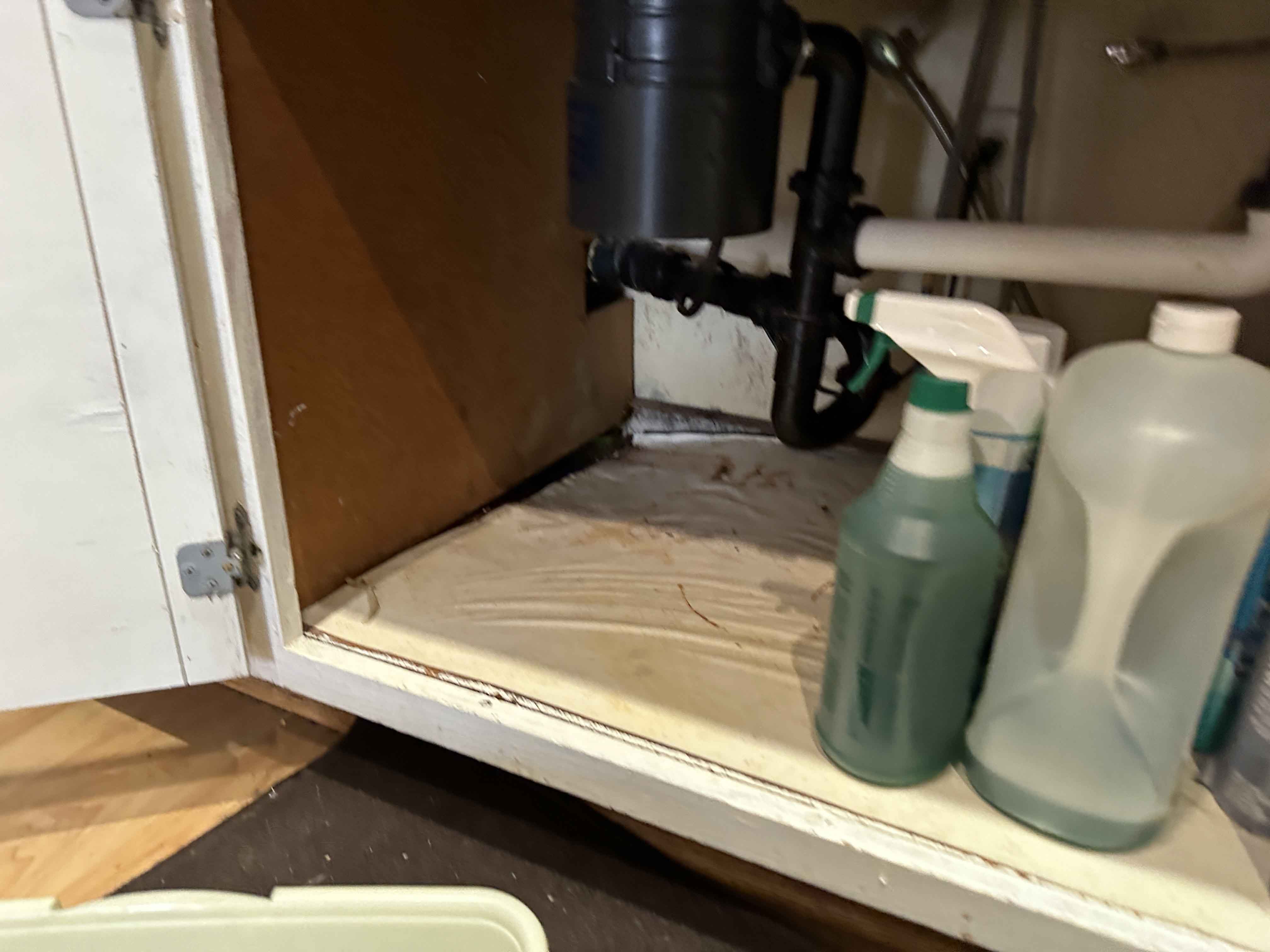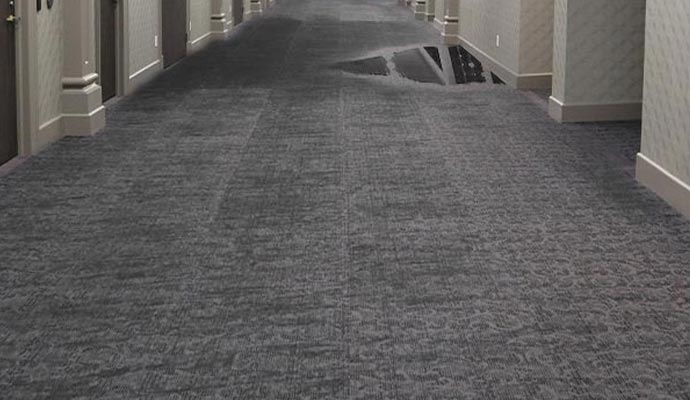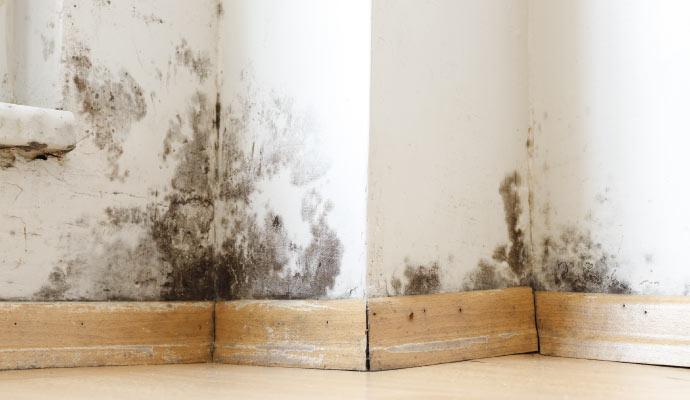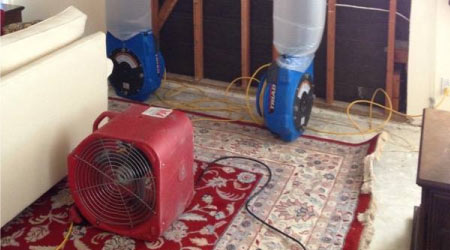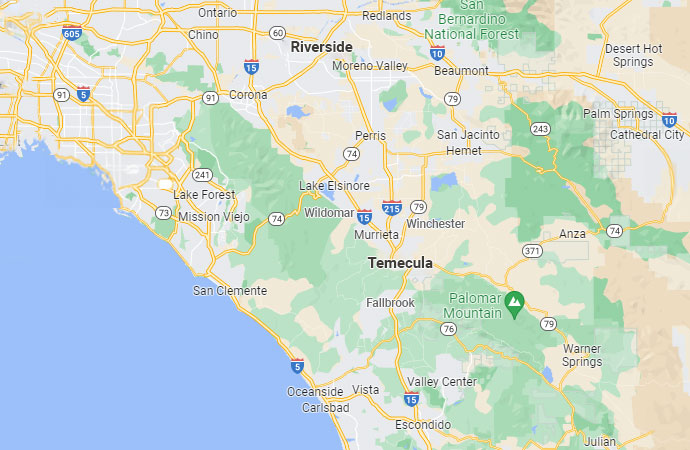Water Damage Restoration: Assessment to Repairs | PCR
Behind the scenes: The typical steps of a water damage restoration project
Water damage or the threat of water damage can be a homeowner's worst nightmare. If not handled swifty and properly, the potential for structural issues and health hazards is monumental. A thorough water damage restoration project requires a systematic approach, starting with an initial assessment and culminating in final repairs. So, what are the typical steps involved in a water damage restoration project?

Step 1: Initial Assessment - The first and most crucial step in any water damage restoration project is conducting a comprehensive assessment of the affected area. Well trained professionals will inspect the extent of water intrusion, identify the source of the problem and evaluate the degree of damage to the property. This assessment helps create a detailed plan for the restoration process.
Step 2: Water Extraction and Drying - After the assessment, the next step is removing excess water from the affected area as safely and quickly as possible. Advanced water extraction equipment, such as pumps and vacuums are used to swiftly eliminate standing water. Once the excess water is removed, the drying process begins. Industrial-grade dehumidifiers and large scale fans are deployed to reduce moisture levels in the affected areas and more importantly, prevent mold growth.
Step 3: Mold Inspection and Remediation - Water damage inevitably creates a breeding ground for mold and mildew. Mold inspection specialists will systematically search for hidden mold infestations using advanced tools like thermal imaging cameras. If mold is detected in the affected area, proper containment procedures are followed during the remediation process to prevent its spread. Moldy materials are safely removed and affected areas are thoroughly and rapidly cleaned and treated.
Step 4: Structural Repairs and Renovations - With the moisture fully eliminated and mold addressed, the restoration team can begin structural repairs and renovations. This involves replacing damaged drywall, flooring, insulation and other damaged materials. Skilled contractors ensure that the home is restored to its pre-damaged condition, thoroughly following all safety regulations and building codes.
Step 5: Sanitization and Deodorization - Water damage can leave behind odors and potential contaminants. To ensure a safe environment, thorough sanitization and deodorization processes are completed. Industrial-strength cleaners are used to disinfect surfaces, neutralize odors and improve indoor air quality for returning members of the household.
Step 6: Final Inspection and Testing - Before ultimately finalizing and concluding the project, a final inspection is conducted to verify that all restoration efforts have been completed thoroughly and successfully. Qualified specialists check for any remaining moisture, signs of mold or structural issues. Additionally, air quality testing may be performed to ensure the absence of harmful contaminants.
Step 7: Restoration Completion and Preventive Measures - With the final inspection completed and cleared, the restoration team hands back a fully restored home to the homeowner. To prevent future water damage, experts may offer crucial advice on maintenance and further precautionary measures, such as regular plumbing inspections and installing sump pumps or moisture barriers.
Water damage restoration is a multi-faceted, imperative process that demands immediate, swift action and expertise. From the initial assessment to the final repairs, each step plays a vital role in ensuring the property's complete recovery. Every aspect of the process must be handled with expert level, skilled workmanship and if you find yourself faced with water damage, it is essential that you contact a reputable, well qualified restoration company to undertake these necessary steps and return your home to its former, impeccable state. Pulido Cleaning & Restoration!


